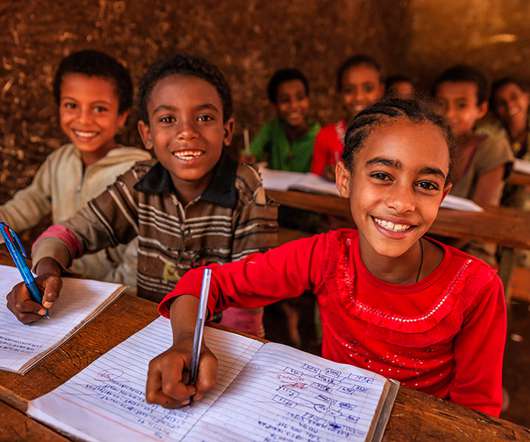Which New Audiences? A Great Washington Post Article and its Implications about Age, Income, and Race
Museum 2.0
APRIL 26, 2018
This list doesn't include many approaches that I see transforming museum audiences, like political activism, multilingual programming, intergenerational events, or cultural festivals. Even in the section about the MAH, Kate chose to only obliquely reference the work we've done to involve, feature, and hire more people of color.












Let's personalize your content